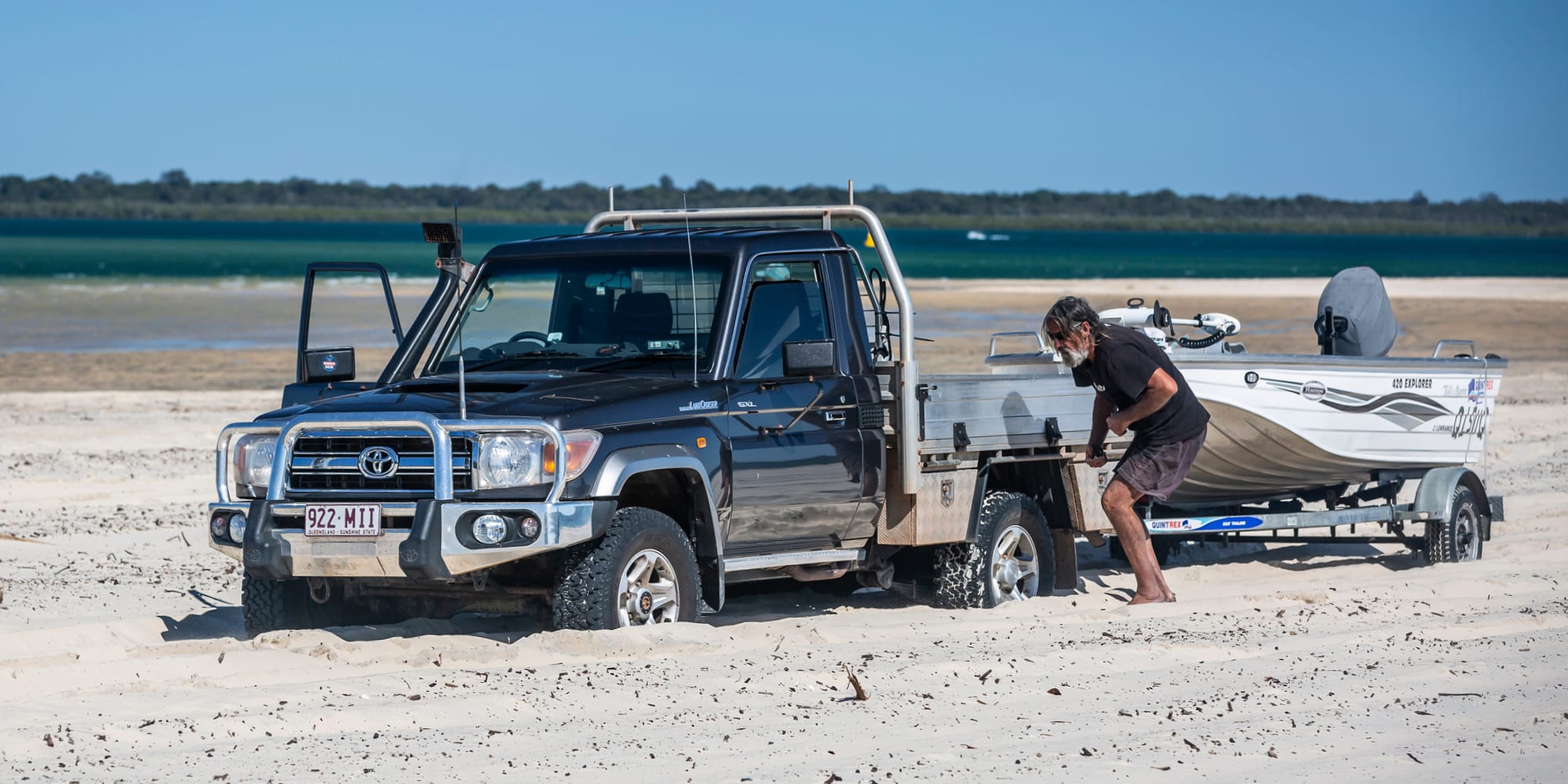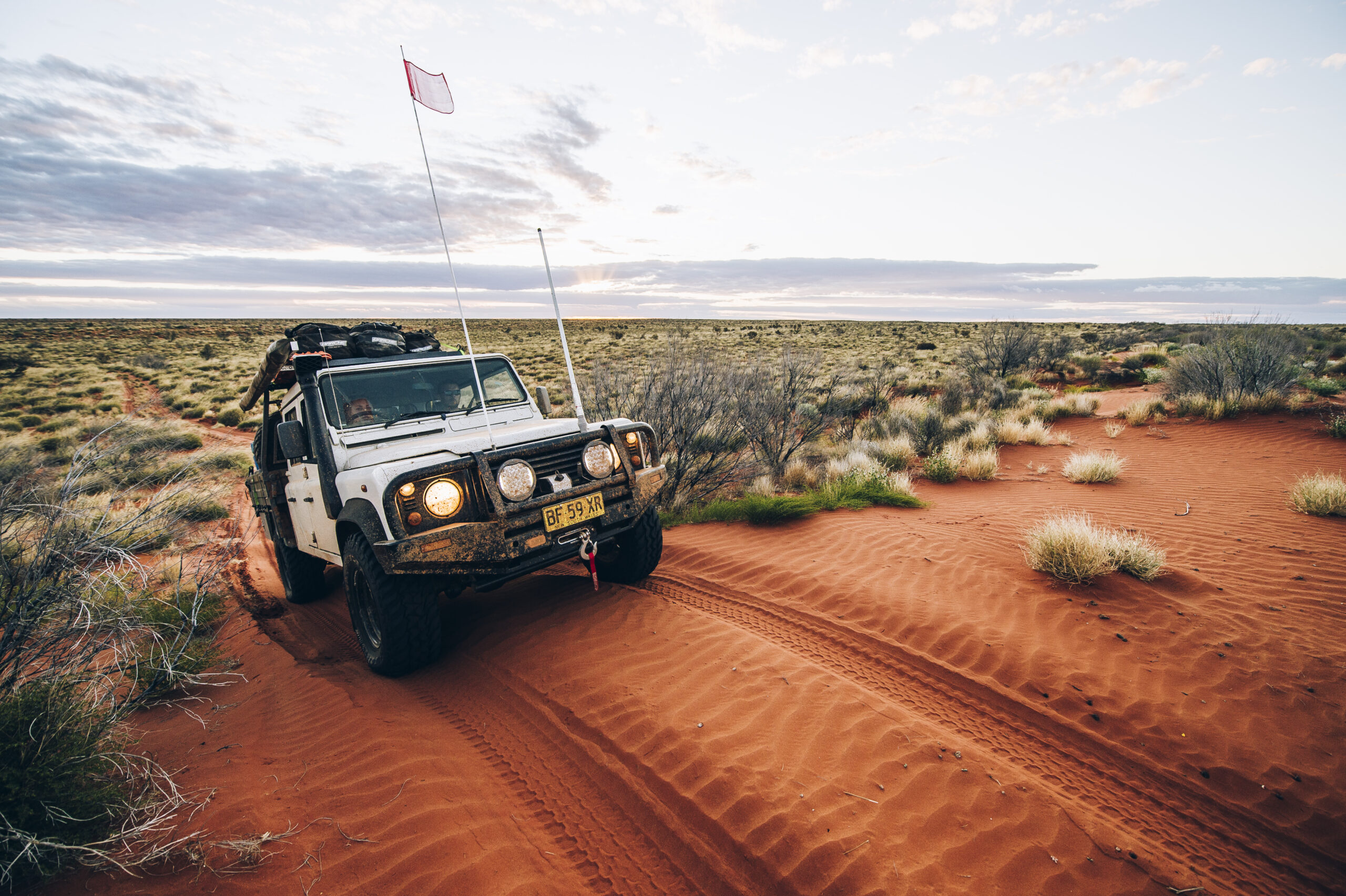What you need to know about planning the most dangerous solo adventure
Get the logistics right or the headline ‘Idiot found dead doing what he loved’ will be splashed across every newspaper.
Are you good at planning trips? I’ve been doing it for over 20 years, but this adventure is the first one that has me worried. Why? Because I am doing it alone. Isn’t that the preferable option? Yes, it is; but I’ll be as remote as I’ve ever been, and survival depends on how well prepared I am. I live for long-distance self-sustained travel, and doing it solo just raises the bar. If you plan it right, and prepare your vehicle right, solo travel is extremely rewarding.
Want to know about scheduling?
One thing about planning a trip is to not overschedule. Leave room for the unexpected and the unknown to happen. However, when it comes to permits your timings are pretty much locked in. The trick is to allow enough time to get to the places where you are governed by dates and times, and then give yourself the freedom to travel as fast or as slow as you like in between. Me, I like to do it slowly and I don’t like to plan too much. That way I don’t miss out on the great view, the top campsite, the perfect sunrise… and if I do get stuck or cop a puncture I have plenty of time to sort it all out.
Preparing the rig
Before heading out on a remote adventure, performing a pre-trip inspection/service is a must. Even though I service my vehicle myself, I always take it to a 4WD specialist for a thorough inspection. And I don’t leave it until the last minute, allowing enough time to fix any problems.
Know your vehicle so you can troubleshoot and rectify problems as much as possible when on the road. Preventative maintenance helps too; and treat your vehicle with sympathy, so it survives the trip.
Don’t do any major installations or modifications to your vehicle just before a trip. If something new malfunctions or is not suited to the conditions, you may be left stranded.
Is the body good to go?
When heading well off the beaten track, it is important that you are carrying a sufficient supply of prescription drugs, EpiPens or batteries for your pacemaker. Also throw in headache tablets, antihistamines, diarrhoea relief and gastro relief tablets. A comprehensive first aid kit is a must and it should have the gear to handle burns, snake bites and insect bites. Sunscreen and insect repellent are vital.
Pack your scripts ensuring you have enough repeats and (if necessary) a letter from your GP containing your medical history… it will be handy if you need to front a doctor.
Life. Be in it!
Being as fit as possible is the best state to be in when tackling remote regions. You won’t need to run a marathon, but being physically able to chop wood, set up camp, recover your vehicle or change a tyre is easier if you are fit. Bush walking and climbing mesas requires varying levels of fitness – but you would hate to miss out on an awesome sunset photo because you couldn’t reach the best vantage point.
In warmer climates, you should be aware of heat stroke and in colder temperatures frostbite. Know the warning signs and how to treat these conditions. Dehydration sneaks up on you and it doesn’t only occur when temperatures are high. I always carry some form of hydralyte as it replaces electrolytes lost with dehydration and it’s an excellent recovery solution after vomiting.
Help! I need help!
Being able to get in touch with the Royal Flying Doctor Service or your family is critical in emergency situations. When you are in areas beyond the reach of mobile communications an alternative is required. I have a Thuraya SatSleeve Hotspot that connects to my iPhone via Wi-Fi – turning it into a satellite phone. You are reliant on satellite positioning with a sat phone and there may be times when you cannot connect. The HF radio is another option, although this system is almost obsolete due to satellite phones. HF radio is a fixed option and new devices are expensive. You also need a licence to transmit from a HF radio.
A SPOT is a small personal satellite GPS messenger, tracker and locator that allows family to track where you are as it sends GPS locations in real time. It can also send your exact location, with a message to alert others if you get into trouble.
A Personal Location Beacon (PLB) is the last resort solution and should only be activated if a life is in danger. Being compact, a PLB can easily be carried when you are away from your vehicle or campsite. PLBs operate on a 406MHz digital frequency and must be registered with the Australian Maritime Safety Authority. The best devices have an inbuilt GPS that provides a more precise location.
You shall not pass! Unless you get these…
The process for applying for transit permits through Aboriginal lands is time-consuming – so once you have confirmed dates, submit your applications ASAP. Sometimes you will need to get in touch with multiple agencies to cover one track and this can become confusing, whilst some tracks attract a fee for transit. Generally, applications and payments can be submitted online; although I have had to print and scan a couple. In an ideal world, there would be a one-stop shop where all transit applications could be accessed, filled in, submitted and paid for.
Gotta get guzzolene
If you know you are going to be covering long distances on desert tracks, it is a good idea to know what your fuel usage is and increase it to allow for redundancy. Carrying excessive amounts of fuel will add unnecessary weight to your vehicle. As most fuel points on our desert tracks are in Aboriginal communities it is imperative to know the access rights, availability and hours of operation for each community. It’s best to get in touch with the communities (if possible) prior to arriving to confirm these three things.
Let there be water
Without water, you will be dead in three days. Finding water in the desert can be difficult; however there are wells along my route where water can be sourced. Whether it is safe to drink is another dilemma…
I always carry water purification tablets and boil water when I don’t know its quality. There is other portable equipment that can be used in emergencies to convert crap water into drinking water. Life straws, Katadyn bags and other water filtration devices are all compact tools that can turn bad water into good.
It’s tool time
Leaving an important tool or piece of recovery equipment at home is NOT an option, but carrying everything including the kitchen sink isn’t necessary either. When travelling solo, you should build your 4WD so that it can be totally self-sustainable in every way. Don’t overload it and be very aware of how much you are putting in it. Lighter is better as it reduces the strain on your vehicle.
Finding your vehicle’s limits and getting stuck is all part of the game. Having the right gear to self-recover allows you to preserve your vehicle, while making the recoveries easy and effective. If you are being smart about it, it’s generally rewarding and fun.









